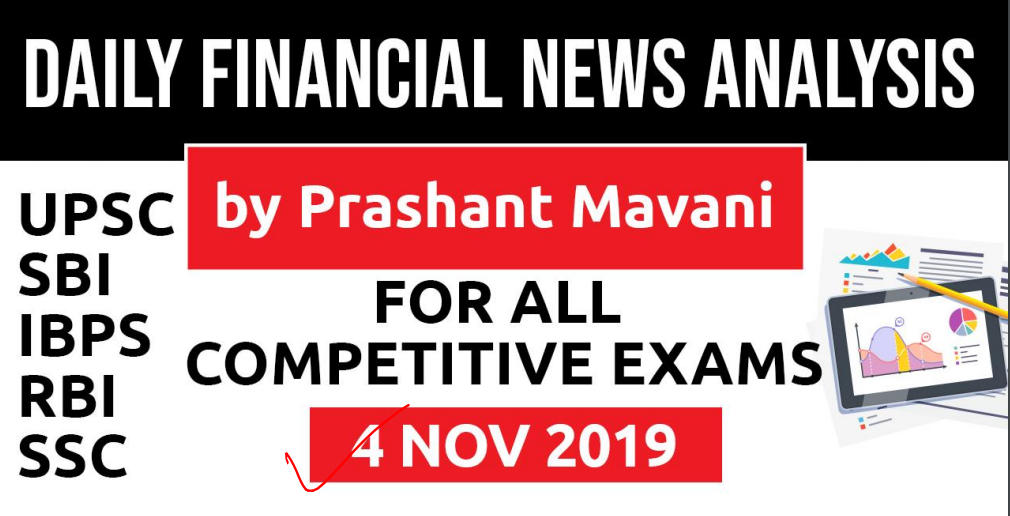Table of Contents
Scrap open-ended procurement
- Commission for Agricultural Costs and Prices (CACP) recommendation: scrap open-ended grain procurement policy.
- Buffer requirement: 30.8 mt of wheat and rice.
- 01-10-2019: total central pool stock, including stock in transit, stood at 64.2 million tonnes (mt).
- 109% more than the requirement.
- The government has taken steps to liquidate 15 mt of stocks, but hasn’t met much success here.
- CACP, in its latest report for rabi season, has batted for direct procurement by private players, as envisaged under the Private Procurement Stockist Scheme.
- While the purpose of open-ended procurement was to provide support to farmers.
- MSP hikes has seriously weighed down the government’s finances.
- The Centre has made the Food Corporation of India shoulder this burden.
- Long-term debt levels for FCI stand at Rs 200,000 crore, with an additional Rs 80,000 crore of short-term debt.
- CACP suggestion is worth serious consideration.
- Government should re-think about MSP as its primary tool for farm support.
- Why will a private player buy grains for MSP, if he/she can get it at a much lower market rate.
- MSP regime also hinders the liquidation of stocks through export. MSP benefits only a small pool of farmers from a handful of states while distorting agricultural production in favour of a few crops.
- Per-acre support in combo.
- Farmer will be able to make choices based on market requirement.
- It will promote judicious use of resources.
- the success of Punjab’s experiment with water and DBT shows how well the plan can work.
- A fixed per-acre support scheme will help cut down wastage.
- FCI can still maintain its buffer stock, but the PDS can be disbanded.
- NITI Aayog study shows that people tend to graduate to a higher quality of grains once they are allowed freedom and flexibility to choose.
RCEP
- India clearly stated its conditions
- liberty to settle its differences bilaterally with any of the members and negotiate accordingly even after the current summit.
- Safeguard mechanism
- Tariffs
- Rules of origin
- Services trade
- India’s merchandise trade deficit with China stood at $53.6 billion in FY19.
- Its deficit with potential RCEP members (including China) was as much as $105 billion in FY19.
- China will divert massive supplies from the US to tide over the trade war.
- 25% of GDP 30% of trade 26% of FDI flows 45% of population
PM Modi invites investors
- Ease of Doing Business
- Ease of Living
- FDI is rising
- Our Forest Cover is rising
- Number of patents and trademarks are rising
- Productivity and efficiency are rising
- Pace of infrastructure creation is rising.
- Number of people getting top quality
- healthcare is rising. Number of
- taxes are falling.
- Tax rates are falling.
- Red-tapism is falling.
- Cronyism is falling.
- Corruption is falling.
WhatsApp fallout
- The government is approaching RBI and National Payments Corporation of India (NPCI) over the risks in allowing social media platforms such as WhatsApp into the digital payments space.
- The move comes as the hacking issue is being monitored at the highest levels of government.
- The latest development could mean further delays in the launch of WhatsApp’s payment feature, which is yet to pass the test of compliance with India’s financial authorities.
- The government said WhatsApp did inform CERT-IN about the hacking incident.
IMF on India & South Asia
- For IMF, South Asia includes India, Bangladesh, Nepal, Sri Lanka, Bhutan, and Maldives.
- Led by India, South Asia is moving towards becoming center of global growth.
- Region could contribute about onethird of the world’s growth by 2040.
- Supported by stepped-up efforts to improve infrastructure.
- Successfully harness South Asia’s young and large workforce.
- More than 150 million people in the region are expected to enter the labour market by 2030.
- Young and large workforce can be South Asia’s strength, if supported by a successful high-quality and job-rich growth strategy.
- IMF sees India needing a multipronged approach that leverages the advantages that the country already has.
- The country has already an excellent tertiary education system, built a on high value-added services.
- But it needs to be complemented with areas like the manufacturing sector, wherein India is below what would one expect from a country with that level of development.
- India, needs to create a better environment for private sector growth
Download Free PDF





















 WhatsApp
WhatsApp